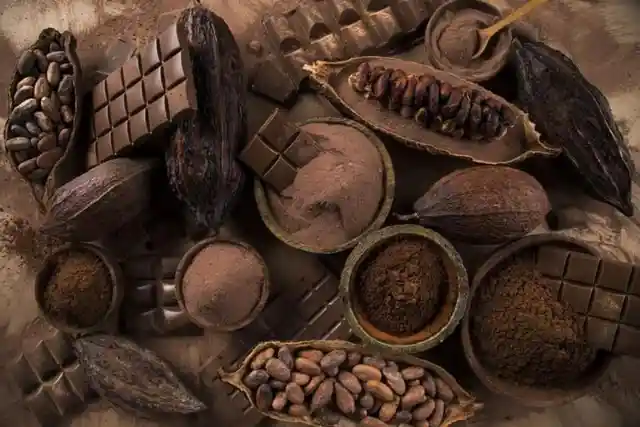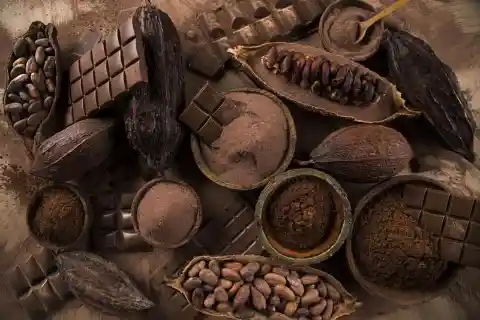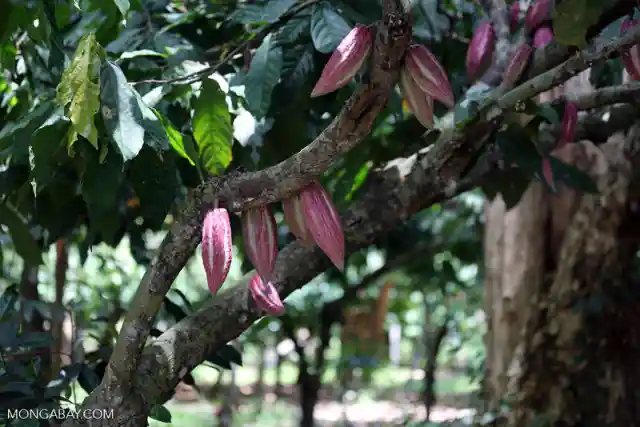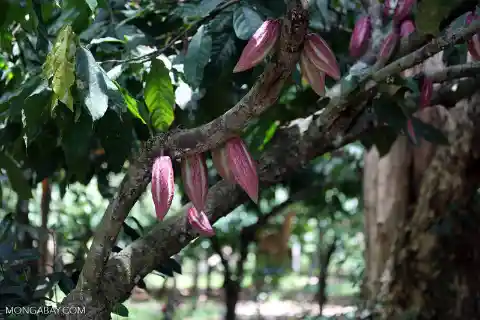Theobroma cacao (simply cacao) is an indigenous Mesoamerican plant that’s used for its rich chocolate flavor. Not only is the seed itself used, but you can also use the cocoa beans for making cocoa butter and chocolate liquor. This isn’t the sweet kind of chocolate. It’s bitter in taste and can even have a roasted coffee feel to it. It’s also known as a superfood because it has loads of nutrients like protein, magnesium, and fiber. It’s also rich in antioxidants and contains flavanols that have anti-inflammatory effects to keep your arteries healthy. It has a long-standing history with the Mayan and Aztecs and cacao was known as the “divine food of the gods.”


Cacao’s Usage in History
Cacao was a drink that only the elite had access to. Warriors would drink a cup before a battle. They’d even pack a few cocoa beans in their armor for added strength. The Mayans and Aztecs also had their preferred ways of drinking cacao. Mayans liked to drink their cacao warm while the Aztecs rather drank their cacao cold. There are many creation stories as to how the Aztecs discovered cacao but one of them relates to the god Quetzalcoatl (the feathered serpent god) who discovered cacao one day in the mountains and brought the sacred medicine to the people to use and cultivate.
Ancient Benefits of Cacao
Cacao was used for medical and health purposes in the Mayan and Aztec cultures and they used it in several daily activities. They’d brush their teeth with cacao and dentists would even fill in their cavities with cacao since it was known to remove rotten teeth. The cacao husks are known to protect the teeth from cavities and it was their modern-day fluoride. They drank the cacao and crushed the cacao beans to make chocolate since it helped them become strong and healthy because of the quercetin which contains antioxidants and anti-inflammatory properties.


The modernization of cacao is happening worldwide with cacao ceremonies. These safe spaces allow people to gather together and drink cacao in a ritualistic way while gaining more clarity from the experience. Facilitators usually guide you through a guided meditation, often with sounds and gentle movements involved. This modern-day practice still uses ancient Mayan rituals, by honoring the plant but at the same time, it allows a space for people to learn and appreciate the benefits of cacao.